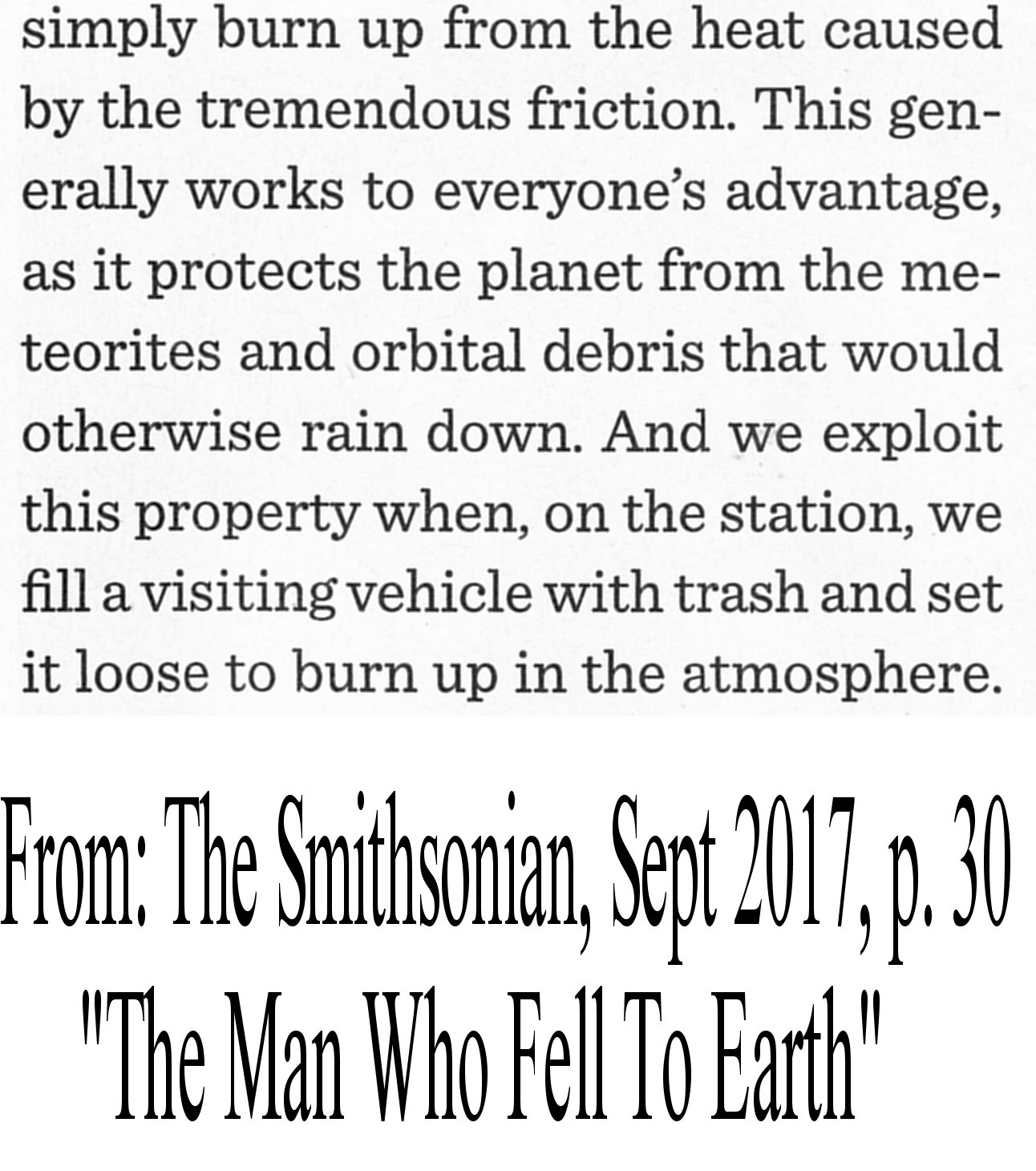In the US, and increasingly in other countries that are persuaded that American ways are universal ways, it is common to obsess on economics, to the exclusion of human values. Anything that can’t be expressed with a price, a cost, a place in economics, must not be a genuine concern, worthy of consideration. If it pencils out, or in other words, makes money for some corporation, then it is a valid part of life. If it doesn’t – well, put it away, you are just a child, you don’t understand business. Do you have love for family, for other people? Tut, tut! That doesn’t fit any business model. Drop it, right now and get back to work!
People who are ensnared in this misunderstanding of the value of life, are always comparing prices. “Does it pencil out?” is a favorite question. “Is it economic?” they ask. They want to know if electricity from a solar panel can be made as cheaply as electricity from a coal burning plant. One preserves the planet, more or less, and the other swamps us all in a heat catastrophe called climate change. But the planet doesn’t cost us anything. It’s a given, so forget about that. The quality of life is too hard to measure, so ignore that too. If you can save two cents a kilowatt by burning coal, that’s what we have to do. Grow up and get to be financially sophisticated! These are the same people who draw a straight line at the end of the graph of population increase and predict that there will be ten billion of us in 2050 and twenty billion in 2100. Never mind that all kinds of other contradictions are taking place at the same time that will make these linear predictions absurd. These pencil pushers, comparing the necessary to the temporarily profitable to create absurdities must not be listened to. They are the know-nothings.
Robert Socolow, a professor at Princeton, was talking about affording the costs of climate change but his ideas work just as well for any other change that preserves the beautiful in life even if it costs a bit more. Can we afford to change design of goods for discard into design for perpetual reuse? Socolow says yes.
“I’m always being asked, “What can you say about the practicability of various targets?” I really think that’s the wrong question. These things can all be done.
What kind of issue is like this that we faced in the past? I think it’s the kind of issue where something looked extremely difficult and not worth it, and then people changed their minds. Take child labor. We decided we would not have child labor and goods would become more expensive. It’s a changed preference system. Slavery also had some of those characteristics a hundred and fifty years ago. Some people thought it was wrong, and they made their arguments, and they didn’t carry the day. And then something happened and all of a sudden it was wrong and we didn’t do it anymore. And there were social costs to that. I suppose cotton was more expensive. We said: “That’s the trade-off. We don’t want to do this anymore.” So we may look at this and say; “we are tampering with the earth.” The earth is a twitchy system. It’s clear from the record that it does things that we don’t fully understand. And we’re not going to understand them in the time period we have to make these decisions. We just know they’re there. We may say; “We just don’t want to do this to ourselves.” If it’s a problem like that, then asking whether it’s practical or not is really not going to help very much. Whether it’s practical depends on how much we give a damn.”
(Quoted in Field Notes From A Catastrophe by Elizabeth Kolbert, (2006) p. 143.)
Sending goods up to the Space Station costs as much as gold, let’s say more than a thousand dollars an ounce. Body fluids and gases MUST be reused or forget it, so carbon dioxide is removed from the air and pure water from urine. But what about the rest of the used materials. That’s easy, we know how to treat anything we don’t want anymore. Just throw it away. Scott Kelly, an astronaut, in his book, Endurance, explains how the same wasteful methods used on earth were carried into space.
 |
So I guess this shines a new light on sending space rockets to earth-like planets in other solar systems. We will have to load them up with tons and tons of extra, poorly designed goods and devices so that as the multi-year voyage grinds on, we can keep throwing away old toasters and faded rockets into empty space. Hopefully the ship can be heavy enough when it starts that a skeleton will still be left by the time it arrives.
SpaceX and an Age of Reusable Rockets2017 has been an incredible year for Elon Musk’s company, SpaceX. This is because they have managed to successfully reuse their Falcon 9 rockets, which signals the end of an era of ridiculously expensive space missions. However, SpaceX claims that that is only the start, and are attempting to make every single part of their spacecraft and rockets entirely reusable. This is all a classic application of Zero Waste Theory, namely, do research to find a new design that will preserve function, apply it to your product, the public will applaud and you will need to start a new business to make the new designs. We need to do this with every product. |
Now we know the answer to the first question above. Yes, we can reuse everything. If we want to!
